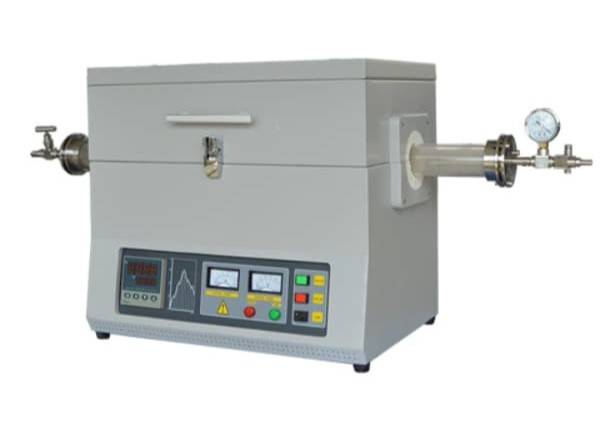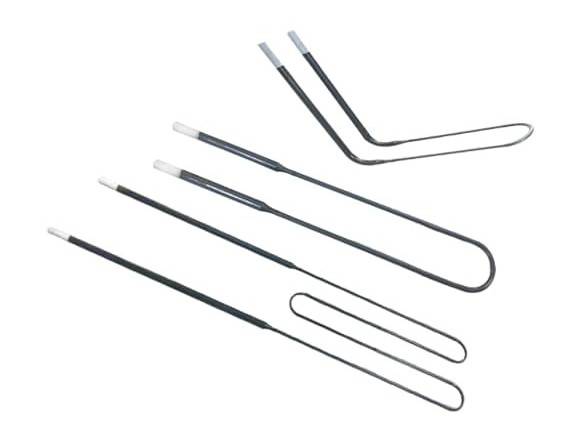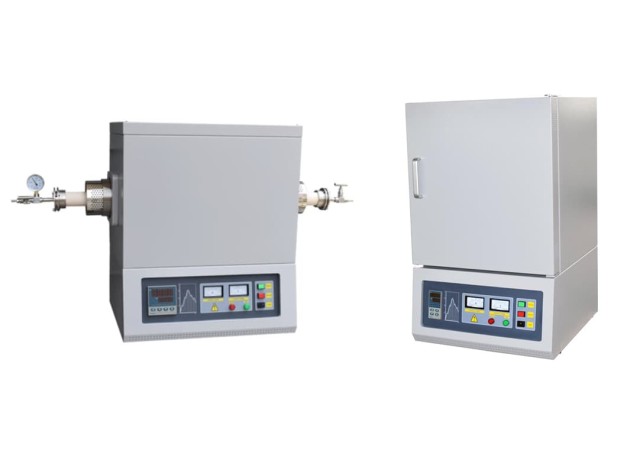What is Box Furnaces
A box furnace is a type of heating equipment that is used to heat materials to high temperatures. It typically consists of a sealed chamber, or "box," that is heated using electricity, natural gas, or another fuel source. The material to be heated is placed inside the chamber, and the temperature is controlled using thermostats and other temperature control mechanisms. Box furnaces are used in a variety of industries, including metallurgy, ceramics, and glass manufacturing, to heat materials for various purposes, such as annealing, sintering, melting, and other high-temperature processes.
What is Tube Furnaces
A tube furnace is a type of heating equipment that is used to heat materials to high temperatures. It consists of a long, cylindrical tube, typically made of refractory materials, through which the material to be heated is passed. The tube is heated using electricity, and the temperature is controlled using thermostats and other temperature control mechanisms.
Tube Furnaces Vs Box Furnaces
Appearance
Tubular furnaces are typically smaller and more compact than box furnaces, as they are designed to heat materials as they pass through a long, cylindrical tube. Box furnaces, on the other hand, are larger and more spacious, as they are designed to heat materials inside a sealed chamber or "box."
As a result, tubular furnaces tend to take up less space than box furnaces. However, the size and appearance of a particular furnace can vary depending on the specific design and intended use of the furnace.

Size
Tubular furnaces are often used to sinter small objects or materials because they can be inserted directly into the tube for heating. This can be useful for sintering small particle ore, glass powder, and ceramic powder, among other materials. Box furnaces, on the other hand, are typically used to sinter larger objects or materials, as they have a larger interior space that can accommodate larger items. Box furnaces can be used for a wide range of sintering applications, including the surface treatment of stainless steel and other materials.
Heating elements
Both box furnaces and tubular furnaces can use silicon molybdenum rods as heating elements, as these rods are capable of producing high temperatures and are resistant to wear and corrosion. However, the atmosphere inside a tubular furnace is typically circulated, as the material being heated is passed through the tube and is exposed to the hot atmosphere inside.
In a box furnace, on the other hand, the atmosphere is generally more stable, as the material being heated is contained within the sealed chamber and is not exposed to the external environment. This can affect the heating characteristics of the furnace and the materials being heated.

Applications
Both tubular furnaces and box furnaces are used in a wide range of industries and applications, and there is often overlap in the types of materials and processes that can be performed using these two types of furnaces. However, as you mentioned, tubular furnaces are generally better suited for heating shafts and strips, as these materials can be easily inserted into the tube for heating.
Box furnaces, on the other hand, are more versatile and can be used for a wider range of processes, as they have a larger interior space and can accommodate a wider range of materials. As a result, box furnaces are often preferred when universal or versatile heating is required.
CONCLUSION
Both tubular furnaces and box furnaces are widely used in industrial, mining, academic, and research settings for a variety of heating and processing applications. These include element analysis, quenching, annealing, tempering, and other processes.
Both types of furnaces are available in a range of sizes and configurations, and can be customized to meet specific needs and requirements. Therefore, it is important to carefully consider your needs and budget when selecting a furnace, and choose the type of furnace that is best suited for your specific application.
Customization can be a useful option for laboratory furnaces, as it allows you to specify the specific features, capabilities, and performance characteristics you need for your specific application. This can include the size and capacity of the furnace, the materials it is constructed from, the type of heating elements it uses, and other features. Customization can be a good way to ensure that you get a furnace that is tailored to your specific needs and requirements.
If you have more questions about the lab furnace, please contact us
Related Products
- Multi-zone Laboratory Tube Furnace
- Vertical Laboratory Tube Furnace
- High Pressure Laboratory Vacuum Tube Furnace Quartz Tubular Furnace
- 1200℃ Split Tube Furnace with Quartz Tube Laboratory Tubular Furnace
- Vacuum Hot Press Furnace Heated Vacuum Press Machine Tube Furnace
Related Articles
- The Versatility of Tube Furnaces: A Guide to Their Applications and Benefits
- Exploring Tungsten Vacuum Furnaces: Operation, Applications, and Advantages
- Introducing the Lab Vacuum Tube Furnaces
- Exploring the Using a Chamber Furnace for Industrial and Laboratory Applications
- Exploring the Key Characteristics of Tube Heating Furnaces

















